Recent Stories
Browse our articles and in-depth feature stories to learn about the latest Bay news.
Two Chesapeake Bay Program tools hold the key to 40 years of watershed data
September 12, 2025The partnership provides summaries of long-and-short term water quality trends for the Bay’s largest tributaries
Read story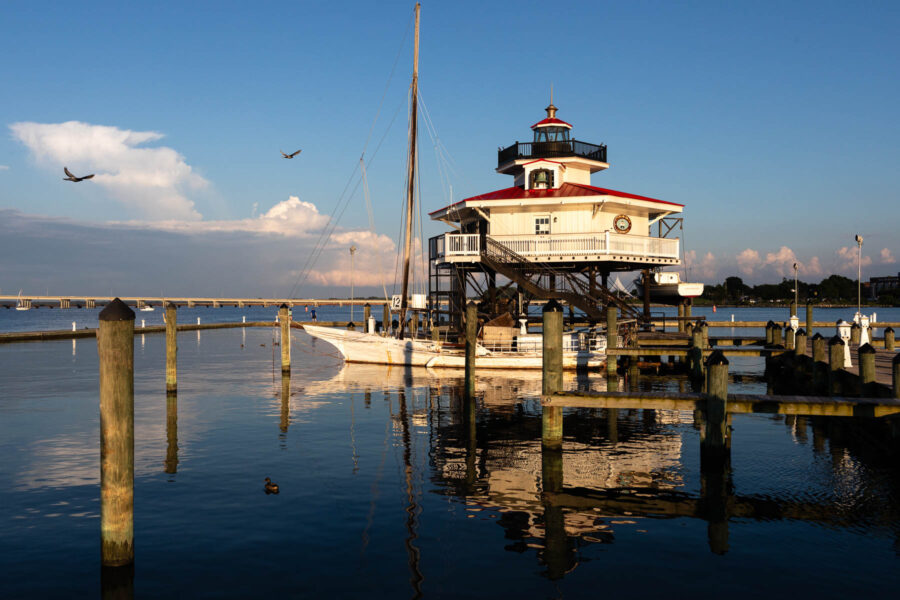
Fish for native and wild trout at Soaring Eagle Wetland
September 11, 2025A 135-acre park in Julian, Pennsylvania attracts wildlife and people alike
Read story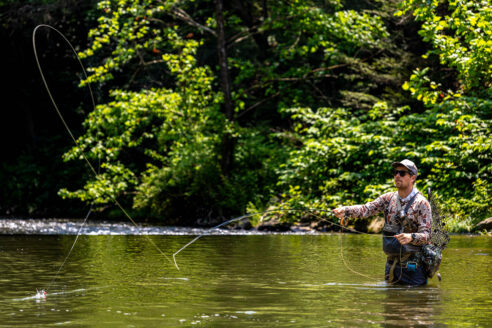
My Clean Water Story: Kaylyn Gootman
September 11, 2025A deep interest in earth science brought a North Carolina transplant to the Bay
Read story
The crane fly is a mosquito look-alike that keep fish fed
September 9, 2025Crane flies live a short life but are an important part of the food web
Read story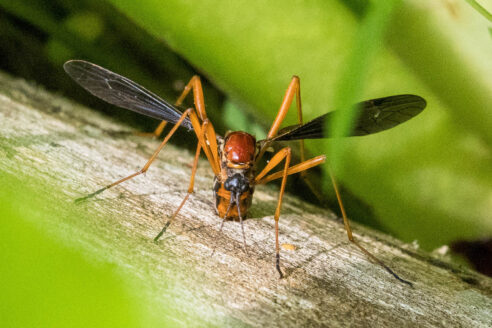
The picturesque Manokin River hosts an oyster reef sanctuary
September 1, 2025With preserved natural areas, historic buildings and fishing communities, the Manokin is like a river out of the past.
Read story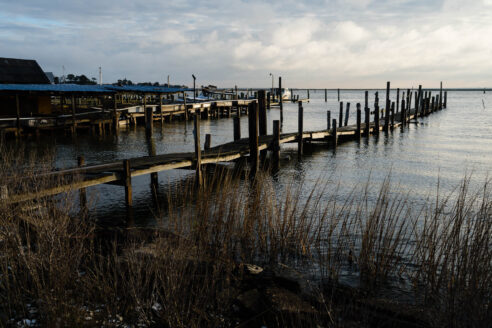
Three pirate tales that took place on the Chesapeake Bay
September 1, 2025Climb aboard the ship of a pirate to learn how Blackbeard, the Davis trio and others carved out their own slice of Bay history.
Read story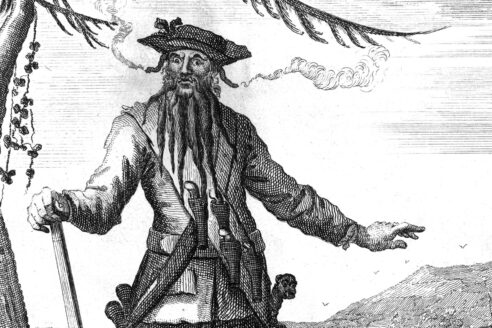
Green frogs play an important role in the Chesapeake’s food web
August 29, 2025Although small, green frogs are skilled predators that control insect populations
Read story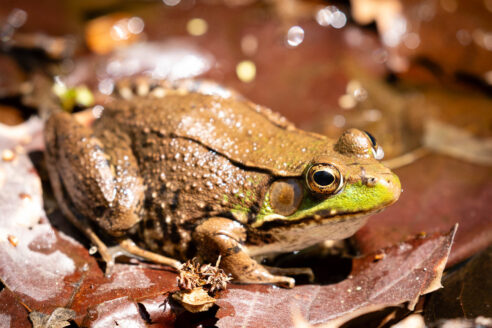
Rappahannock Tribe celebrates the rematriation of 969 acres of ancestral land along Fones Cliffs
August 28, 2025Reacquiring Fones Cliffs fosters big plans for the conservation of Rappahannock land and history
Read story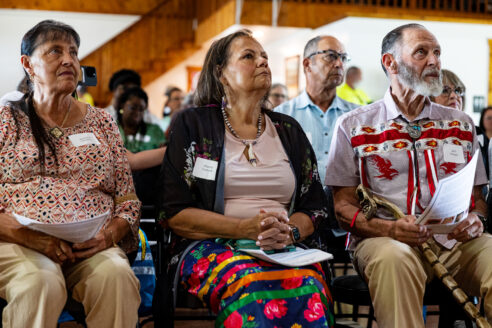
Connecting modeling and monitoring at the watershed level
August 25, 2025New Chesapeake Bay Program tool enhances understanding of data collected at non-tidal monitoring stations
Read story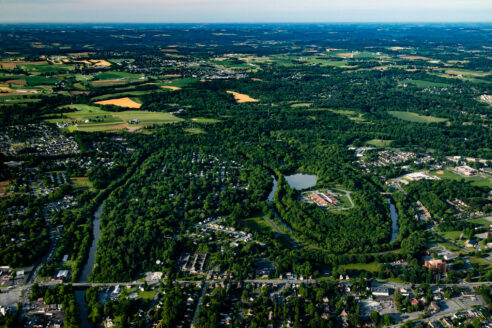
College students take on crucial Chesapeake Bay research projects
August 22, 2025C-StREAM gives research opportunities to populations who have been historically excluded from the environmental field
Read story
